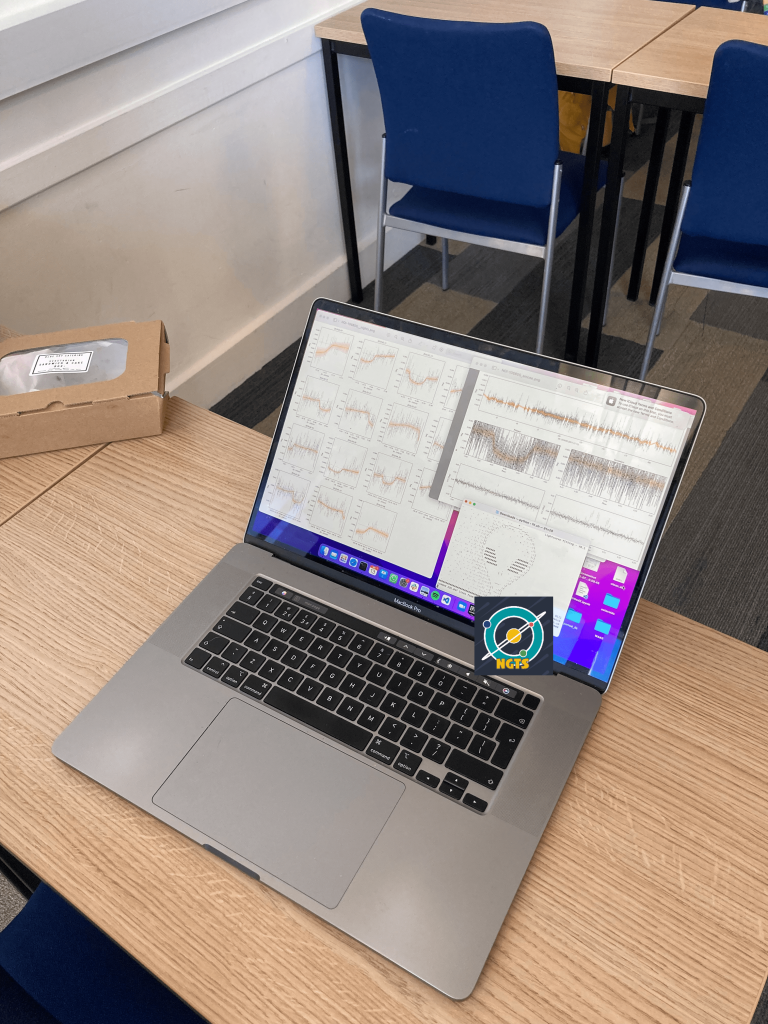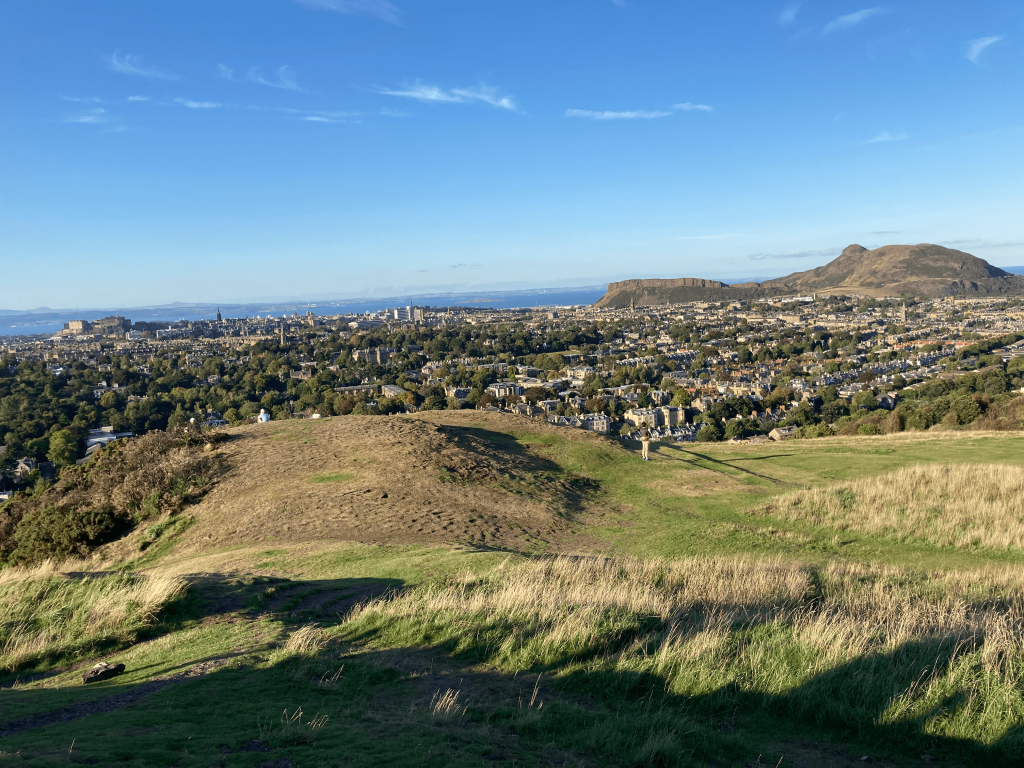Planet Hunter NGTS at the UK Exoplanet Meeting 2022
This week, I was in Edinburgh for the UK Exoplanet Meeting 2022 (UKExom22, for short) where I presented details of the project and the results so far from Planet Hunters NGTS, including details on our 4 new planet candidates. This was an opportunity to showcase the brilliant work of the Planet Hunters NGTS volunteers to an audience of over 100 exoplanet astronomers based in the UK, as well as a chance to meet (in some cases for the first time!) and speak with members of the NGTS team who have been working hard to help us vet the best candidates from the project and coordinate follow-up observations.
The first day of talks included some exciting results from the new JWST mission as well as techniques being employed to try and detect Earth-analogues which are currently difficult to find due to stellar activity! Later in the afternoon, I gave a 12-minute presentation describing why citizen science is so great, how Planet Hunters NGTS works and what we know so far about our new planet candidates. There was plenty of interest in the project from the audience who were impressed by both the enthusiasm of the Planet Hunters NGTS volunteers and the fact we already have four new planet candidates from our very preliminary analysis.
Day two of the conference started with more interesting talks including hearing about the current status of the PLATO mission and the results of the ASTEP telescopes that are helping the hunt for exoplanets at an observatory out in Antarctica! The relaxed schedule of the afternoon provided the opportunity for me to meet with another member of the Planet Hunters NGTS team, Sam Gill, who can fit the NGTS data with better models than the initial search to provide us with more accurate estimates of the planetary radius. Below is an image of the output of Sam’s work, showing more plots of each transit and the phase folded light curve fitted with a more accurate model. I was also able to speak with Matt Burleigh and Alicia Kendall, collaborators from NGTS who obtained more photometry of some of our candidates discussed in the previous blog post and will be able to combine data from multiple data sources to provide us with a more accurate radius estimate for Subject 69654531.

It’s not all about science at a conference as Tuesday evening saw many make the short trek up Blackford Hill which is home to the Royal Observatory Edinburgh and provides excellent views of Edinburgh Castle, Arthur’s Seat and the sunshine on Leith. The conference dinner and a trip to a Karaoke bar that had a large number of astronomers attempting to sing Bohemian Rhapsody capped the second day of the conference.
The final day of the conference included talks on improved techniques for measuring the radial velocity of stars which will allow more accurate measurements of exoplanets and the first direct detection of planetary material being accreted by a white dwarf. This discovery was made by detecting 5 (yes, only five!) X-ray photons being emitted by a white dwarf which was then determined to be due to remnants of a planet falling into the atmosphere of the white dwarf.
That brought to an end my first in-person UK Exoplanet Meeting and I’m already looking forward to next year’s meeting that will be hosted by UCL in London! In the meantime, I’ll be vetting more candidates from the project and coordinating follow-up observations as well as considering applying for additional observing time that would potentially help us get closer to validating or confirming some of the candidates already mentioned or any others that we find in the coming months. Keep an eye on the blog to stay tuned!


Trackbacks / Pingbacks